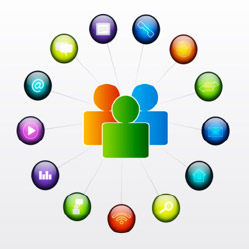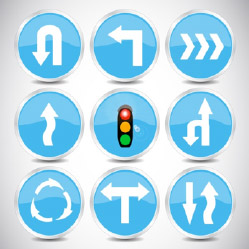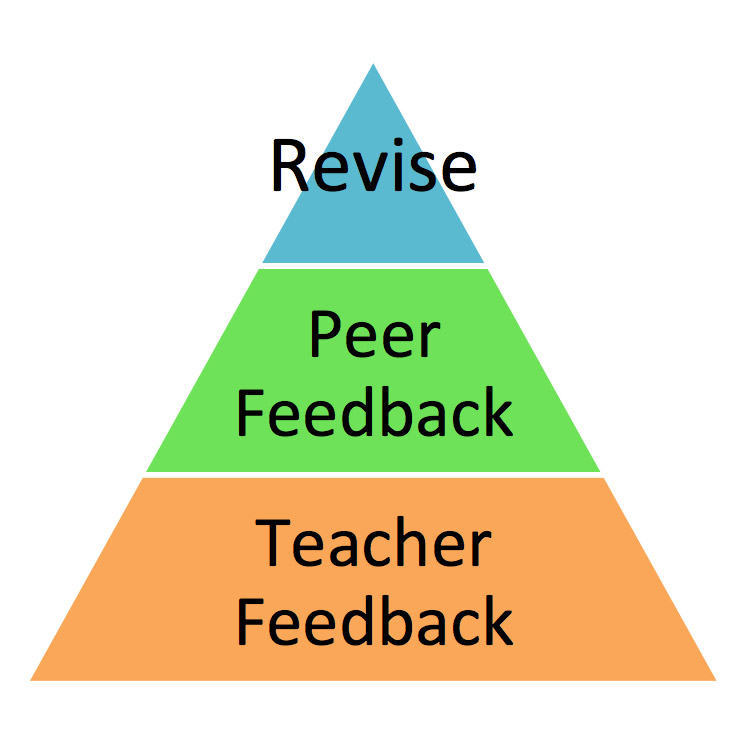As the world becomes increasingly digitized, learning boundaries are fading. Geographics do not play the role it once did in learning. Students can collaborate without the confines of the brick-and-mortar settings in which they once learned and tapping into the ideas of others at great distances is not as unviable as it might seem. What does that mean for your family of learners? Invariably, rethinking learning must be prefaced by rethinking instruction
Consider this: If a student takes a test, and makes 100 percent, do we really know the limits of his or her knowledge? No. We only know they can regurgitate 100 percent of the facts being assessed. However, if a student takes a test and makes 80 percent, it stands to reason, 20 percent of the presented material has not been assimilated – but which 20 percent? What about the other learners in the class? Which 20 percent of the material do they not understand? Enter the concept of Project Based Learning.
 Project Based Learning (PBL) is a method of learning wherein students are assessed on what they produce. It reflects their knowledge about the studied topic and is inquiry or discovery based and the journey is as important as the destination. It honors the student’s individual learning style and thinking ability as they develop their outcomes. In this prototype, what the student does is more important than what the teacher does. Students become interactive learners as they abandon their teacher-fed material to investigate topics in a student-centered prototype that authenticates their conclusions. Steeped in the path of PBL is collaboration with peers, critical thinking, idea innovation development, feedback and revision, and finally public presentation. The result is a product of the process and a balanced development of thought from the original question through its elaboration.
Project Based Learning (PBL) is a method of learning wherein students are assessed on what they produce. It reflects their knowledge about the studied topic and is inquiry or discovery based and the journey is as important as the destination. It honors the student’s individual learning style and thinking ability as they develop their outcomes. In this prototype, what the student does is more important than what the teacher does. Students become interactive learners as they abandon their teacher-fed material to investigate topics in a student-centered prototype that authenticates their conclusions. Steeped in the path of PBL is collaboration with peers, critical thinking, idea innovation development, feedback and revision, and finally public presentation. The result is a product of the process and a balanced development of thought from the original question through its elaboration.
Though PBL has evolved, the concept is not new. In fact, PBL is based on the ideas of John Dewey (1938), philosopher and educational visionary, who first introduced in the early 20th century what would come to be identified as experiential learning or practical experience in learning. This theoretical approach has moved more into focus in recent years and has been significantly developed over the past 25 years. Buck Institute of Education (BIE) defines project-based learning as “a systematic teaching method that engages students in learning knowledge and skills through an extended inquiry process structured around complex, authentic questions and carefully designed products and tasks.” Fundamentally, PBL organizes learning around projects or complex tasks precipitated by an in-depth question or problem. The teacher becomes the facilitator as opposed to the director of learning and encourages an autonomous learning environment. A review of research on PBL supported by the Autodesk Foundation in San Rafael, California identifies some characteristics of a valid PBL experience:
- There must be the presence of a driving question or central concept.
- Students must learn through investigation of defined goals and should be constructive and knowledge building.
- Projects are student-centered with teacher facilitation or guidance.
- Projects are real-world and have significance to the student.
The best way to help your student is to embrace the procedure and assist them in the management of the details. What makes Project Based Learning different than “doing a project”? There are essential elements to the methodology as defined by the Buck Institute of Education which will guide student activities intrinsic to PBL.
- Significant Content.
In true PBL format , standards are said to “pull through the curriculum” what is necessary to meet today’s demands for accountability and performance. If there is substantial responsibility for instructional practices to address predetermined requirements for curriculum development, this allows the instructor to root project requirements in a manner that is bound by expected academic outcomes.
- A Need to Know.
The teacher initially launches what is commonly referred to as an “entry event”. This is basically an introduction to the project and is only limited by the creativity of the student initiator. It engages and captivates the students and gives relevance to the material. Some examples might be a skit, personal reflection, multimedia presentation or field trip. Ask your student how the project was introduced to grasp the introductory nature of the assignment.
- A Driving Question.
 This identifies and encapsulates the project in a way that motivates the student toward the learning goal. It could be seen as the last part of the assignment requirement, sometimes referred to as “…start with the end in mind”, without any clear trail how to get there. It should ignite curiosity without identifying any particular course of study. Often the question starts out broad and becomes narrower as the student identifies the details of their project.
This identifies and encapsulates the project in a way that motivates the student toward the learning goal. It could be seen as the last part of the assignment requirement, sometimes referred to as “…start with the end in mind”, without any clear trail how to get there. It should ignite curiosity without identifying any particular course of study. Often the question starts out broad and becomes narrower as the student identifies the details of their project. - Student Voice and Choice.
At this point, the instructor has identified the goals and expectations of the end-product of the project and now the students begin their exploration. The process becomes student-centered because the student now takes responsibility for their learning. Age-appropriate guidance from the instructor will prescribe the level of supervision and management as the project proceeds.
- 21stCentury Skills.
Often projects are cooperative in nature and the
 power of this model is the practice of team-building and collaboration. These skills are integral to successful transition to the workplace. Students become bound to each other in their progress. As a result, ideas are interchanged and elaborated, problems are solved and direction is established. A seamless progression of time management, learning, collaboration, and presentation makes useful a myriad of technological tools for communication and production of the final product. Team communication avenues such as IM, GoogleDocs, Facetime, Skype or Edmodo can provide group members a way to interactively communicate beyond the confines of the classroom and negate the need for late-night-kitchen-table crisis management episodes with which we as parents are all too familiar.
power of this model is the practice of team-building and collaboration. These skills are integral to successful transition to the workplace. Students become bound to each other in their progress. As a result, ideas are interchanged and elaborated, problems are solved and direction is established. A seamless progression of time management, learning, collaboration, and presentation makes useful a myriad of technological tools for communication and production of the final product. Team communication avenues such as IM, GoogleDocs, Facetime, Skype or Edmodo can provide group members a way to interactively communicate beyond the confines of the classroom and negate the need for late-night-kitchen-table crisis management episodes with which we as parents are all too familiar. - Inquiry and Innovation.
Project participants have the opportunity to use both sides of their brain – left brain (analytical) and right brain (creative). Inherent to any good answer is the process of finding it. Brainstorming produces questions and by virtue of its definition, is broad in context and comprehensive in discovery. What is already known? What needs to be discovered? Where do we find it, how do we narrow it or how do we create it? Innovation is the result of creative and higher-level thinking and here is the excitement of possibility.
- Feedback and Revision.

Now the teacher takes the opportunity to assess what has been done and make suggestions to change directions, rethink concepts, and enforce success. This is the point at which a learning loop is created. It is also a great place and time to demonstrate the potential and influence of peer feedback. Learning the art of the critique is another life skill built into this learning model.
- A Public Presented Product.
A publicly presented product exposes students to another real world competence. It gives depth of commitment to quality outcomes and develops personal courage, efficacy and confidence. Debate and the art of persuasion might find their way into this final phase of project development. Ownership of the product is fundamental to its presentation and presenting outside the comfort zone of the classroom can embolden students to be responsible for what they learn and to take pride in the results of their journey.
Harnessing knowledge through knowledge management is thematic to today’s society and business environment. Scaffolding information and learning from experience are characteristic of the Project Based Learning paradigm. It creates a cycle of learning that respects the learner, the question, the result and the hope of uncovering new concepts that completes the circle of information that can be the genesis of the next great idea. Project learning has been linked to sustainable growth in learning capacity and validates the importance of establishing learning communities. As your child’s earliest and best teacher, supporting their learning and encouraging student-centered studies as a precursor to lifetime learning demonstrates educational importance and a timeless belief in its process.


